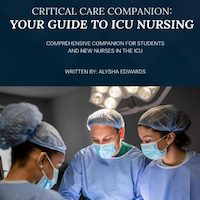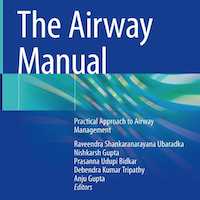Stories Category: Intensive Care

Cancer Treatments Not Associated with Inferior COVID-19 Outcomes
The findings of this study of patients with active cancer suggest that recent systemic anticancer treatments (SACTs) is not associated with inferior outcomes from COVID-19 infection. This has relevance for the care of... read more
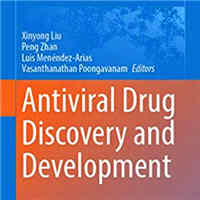
Antiviral Drug Discovery and Development
This book summarizes state-of-the-art antiviral drug design and discovery approaches starting from natural products to de novo design, and provides a timely update on recently approved antiviral drugs and compounds in advanced... read more
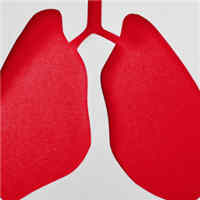
Deconstructing the Way We Use Pulmonary Function Test Race-Based Adjustments
Race is a social construct. It is used in medical diagnostic algorithms to adjust the readout for spirometry and other diagnostic tests. The authors review historic evidence about the origins of race adjustment in spirometry,... read more
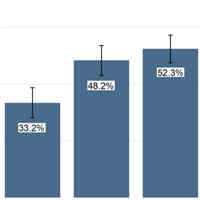
Arterial pH with Hemodynamic Response Association to Vasopressin in Patients with Septic Shock
Compared with higher arterial pH, patients with septic shock and low arterial pH had lower odds of vasopressin response and higher catecholamine doses after vasopressin initiation. Similar to other vasopressors, the clinical... read more

Optimal Respiratory Support for COVID-19 Patients
Noninvasive respiratory support is an essential component of critical care. Both noninvasive ventilation, with its different interface types and modes (including helmet and face masks), and high-flow nasal oxygen (HFNO) are... read more
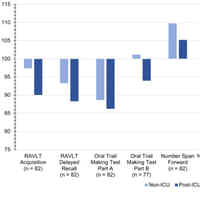
Cognitive Dysfunction, Psychiatric Distress, and Functional Decline After COVID-19
At approximately 4 months after acute illness, cognitive dysfunction, emotional distress, and functional decline were common among a diverse clinical sample of COVID-19 survivors varying in acute illness severity. Patients... read more
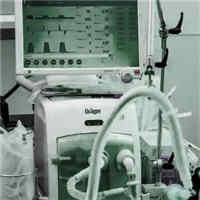
Ventilator Capacity Management Queuing Model During COVID-19 Pandemic
We applied a queuing model to inform ventilator capacity planning during the first wave of the COVID-19 epidemic in the province of British Columbia (BC), Canada. The core of our framework is a multi-class Erlang loss model... read more

Ethnic Differences in COVID-19 Mortality in the 2nd and 3rd Waves of the Pandemic in England
Public health strategies to increase vaccination uptake in ethnic minority groups could reduce disparities in COVID-19 mortality that cannot be accounted for by pre-existing risk factors. Age-adjusted HRs of death involving... read more
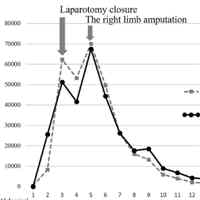
Leriche Syndrome Diagnosed Due to Polytrauma
In this case, conservative therapy was initially chosen for Leriche syndrome. However, the complex factors in the acute phase of trauma led to development of hemorrhagic necrosis, requiring amputation of the lower extremity.... read more

Virtual Craniofacial Clinic Outcomes for Assessing Plagiocephaly During the COVID-19 Pandemic
Virtual clinic encounters resulted in comparable diagnostic accuracy. The trend toward frequent follow-up assessments and changes in the final diagnosis in the virtual clinic cohort has indicated a level of diagnostic uncertainty... read more
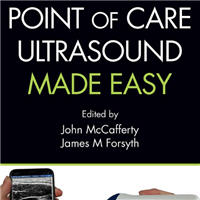
Point of Care Ultrasound Made Easy
Point of Care Ultrasound Made Easy is an exciting and innovative book that aims to teach all healthcare professionals how to do simple and clinically relevant ultrasound scanning at the point of care. This book will help... read more
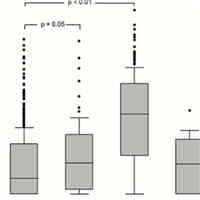
Procalcitonin in the ED: The evidence
Is procalcitonin of any value in the emergency department? Considering that procalcitonin testing is not available in any of my hospitals, I have never been all that interested in this question. But Swami requested a procalcitonin... read more
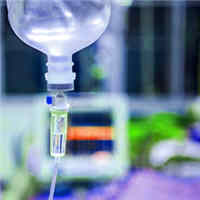
Postintubation Sedation Administration in the Pediatric ED
Most pediatric patients do not receive PIS within an adequate time frame. Patients who receive long-acting paralytic agents are much less likely to be adequately sedated after rapid sequence intubation (RSI) compared with... read more
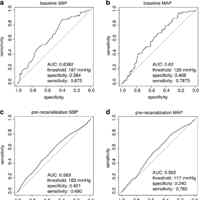
Hemodynamic Status During Endovascular Stroke Treatment
In our protocol-based setting, intraprocedural pre-recanalization BP reductions during endovascular therapy were not associated with functional outcome. However, higher intraprocedural pre-recanalization SBP and MAP were... read more

Anticoagulation Post-Discharge in Patients Hospitalized Secondary to COVID-19
This study contains interesting data that could contribute to the standard of practice when treating patients after hospitalization for COVID-19. However, use caution when applying the results of this study. Several problems... read more
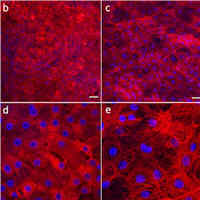
Estimated and Measured Post-tetanic Count Effect
Comparison of two pharmacokinetic–pharmacodynamic models of rocuronium bromide during profound neuromuscular block. Our findings indicate that using plasma concentrations of rocuronium bromide estimated with either of... read more

Cluster ICU Treatment Strategies for TBI by Hospital Treatment Preferences?
Although correlations between treatment policies within domains were found, the failure to cluster hospitals indicates that a specific treatment choice within a domain is not a proxy for other treatment choices within or... read more


